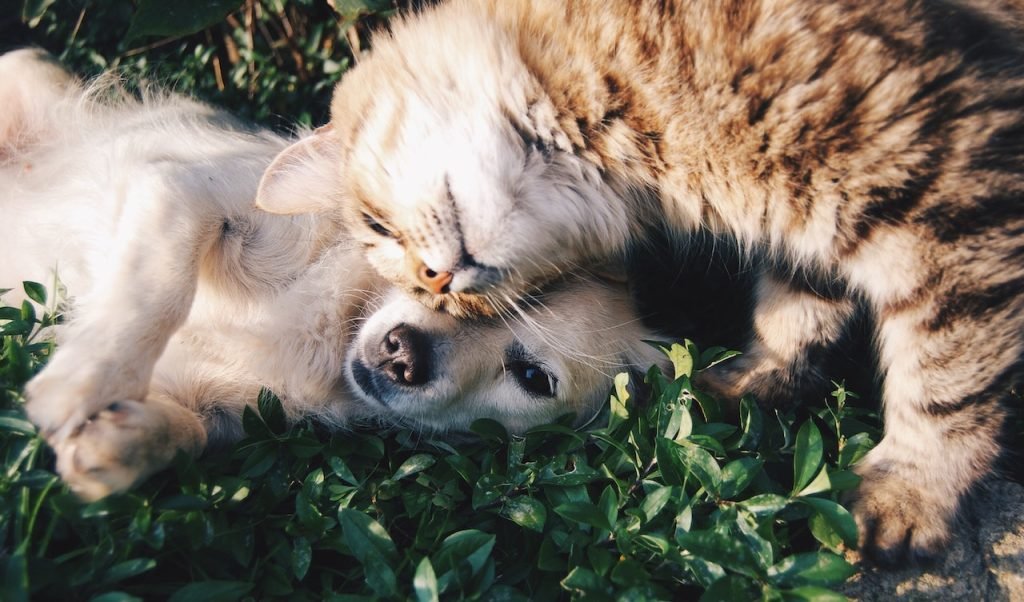

How to Use the Conjunctions OG, MEN, and ELLER in Norwegian | Learn Norwegian B2
When learning Norwegian, correctly using conjunctions is vital for constructing coherent sentences and expressing nuanced ideas. Three of the most common conjunctions are “og,” “men,” and “eller.” Let’s delve deeper into how and when to use each of them.
Table of Contents
Toggle1. OG – “And”
The word “og” functions similarly to the English word “and.” It’s used to connect words, phrases, or clauses of similar importance.
Examples:
- Words: “Hund og katt” (Dog and cat)
- Phrases: “Jeg liker å lese og skrive.” (I like to read and write.)
- Clauses: “Han gikk til butikken og hun ble hjemme.” (He went to the store and she stayed home.)
2. MEN – “But”
“Men” is used to introduce a contrast or contradiction. It functions similarly to the English word “but.”
Examples:
- “Jeg vil gjerne komme, men jeg har en annen avtale” (I would like to come, but I have another appointment.)
- “Det er kaldt ute, men solen skinner.” (It’s cold outside, but the sun is shining.)
3. ELLER – “Or”
“Eller” is used to indicate an alternative or a choice. This conjunction works like the English word “or.”
Examples:
- “Vil du ha kaffe eller te?” (Would you like coffee or tea?)
- “Vi kan gå til parken eller bli hjemme.” (We can go to the park or stay home.)
Usage Tips
- Contextual clarity: While “og,” “men,” and “eller” often mirror their English counterparts, ensure that the context of the sentence matches the conjunction used. For instance, don’t use “eller” (or) when expressing both actions or items are included.
- Complex sentences: When connecting larger sentences with these conjunctions, especially “og” and “men,” ensure that the related parts of the sentence are clear.
- Incorrect: “Jeg liker å svømme, og i fjellet.” (I like to swim, and in the mountains.)
- Correct: “Jeg liker å svømme og gå i fjellet.” (I like to swim and hike in the mountains.)
- Lists: When listing items, use “og” before the last item. For example, “epler, bananer og druer” (apples, bananas and grapes).
In conclusion, mastering the use of the conjunctions “og,” “men,” and “eller” is a fundamental step towards fluency in Norwegian. Learners can communicate more effectively and naturally by understanding their distinct roles and practicing their use in various contexts. As with all aspects of language learning, practice and immersion will solidify your understanding of these essential Norwegian conjunctions.
FAQs
- What does “og” mean in Norwegian?
- “Og” translates to “and” in English. It’s used to connect words, phrases, or clauses of similar importance.
- How is “men” used in a Norwegian sentence?
- “Men” is used to introduce a contrast or contradiction, similar to the English word “but.”
- What’s the role of “eller” in Norwegian?
- “Eller” indicates an alternative or a choice and can be equated to the English word “or.”
- How should I use these conjunctions in complex sentences?
- Ensure that the related parts of the sentence are clear. For example, instead of “Jeg liker å svømme, og i fjellet,” say “Jeg liker å svømme og gå i fjellet.”
- When listing items in Norwegian, how should I use “og”?
- When listing items, use “og” before the last item, like “epler, bananer og druer” (apples, bananas and grapes).
- Are these conjunctions crucial for Norwegian fluency?
- Yes, mastering “og,” “men,” and “eller” is fundamental for effective communication in Norwegian.
If you want to learn Norwegian, you can register for classes here. If you want to check your Norwegian level for free, you can do that here. We look forward to hearing from you and helping you become fluent in Norwegian!
Refer a friend and get $150. Join the program here
If you want to learn Norwegian, you can register for classes here. We look forward to hearing from you and helping you become fluent in Norwegian.





